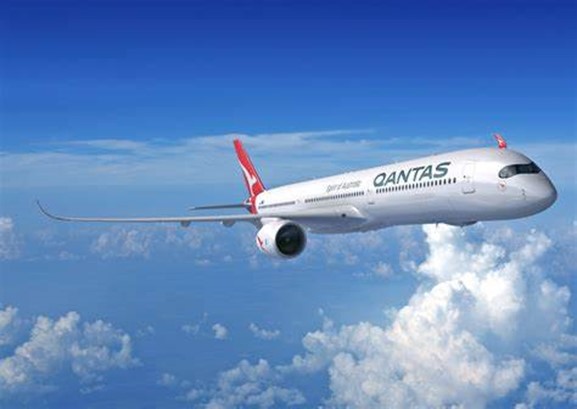
Qantas A350-1000 – courtesy Qantas
Sydney Airport (SYD) has always been Australia’s beating heart of international travel, but right now it’s gearing up for a seismic shift. With Qantas’ Project Sunrise on the horizon—set to launch in 2027—SYD is preparing to welcome a new era of ultra-long-haul flights that will connect Sydney directly to New York, London, and Paris.
As a frequent flyer and self-confessed airline tragic, I can’t help but get excited. The idea of stepping onto a plane at Kingsford Smith and stepping off in the heart of Manhattan without a stop in between? That’s the stuff of aviation dreams.
The Strategy Behind the Skies
SYD’s CEO, Scott Charlton, has made it clear: these ultra-long-haul routes aren’t about replacing the traditional one-stop hubs in Doha, Singapore, or Dubai. Instead, they’ll complement them.
And that makes sense. As much as I love the efficiency of a nonstop, there’s still something to be said for the hub model. Personally, I’ve enjoyed breaking up long journeys with a quick laksa in Changi or a lounge stop in Doha. For many travellers, especially those chasing competitive fares or heading to secondary cities, hubs will remain essential.
But for premium travellers—corporates, time-poor executives, or anyone who values shaving hours off their journey—nonstop is king. And that’s where Project Sunrise will shine.
Demand Is Already Soaring
Charlton points out that demand through SYD is already robust. Outbound Aussies are still travelling in droves, while inbound markets from China, the UK, the Philippines, and New Zealand are bouncing back strongly. Expanded bilateral agreements are helping keep fares competitive, which is music to the ears of anyone who’s been stung by sky-high ticket prices in recent years.
As someone who tracks fares obsessively (yes, I’m that person refreshing Google Flights at midnight), I’ve noticed the same trend: more competition equals better pricing. And with Japan now Sydney’s fourth-largest outbound market, it’s clear Aussies are hungry for diverse travel options.
Asia, the Middle East, and Beyond
The growth story doesn’t stop with Project Sunrise. SYD is also targeting expansion across Asia and the Middle East. Partnerships like Virgin Australia’s tie-up with Qatar Airways and Etihad’s capacity growth are strengthening Sydney’s role as a gateway to the Gulf.
And then there’s Turkey. Turkish Airlines is set to ramp up its Istanbul–Kuala Lumpur–Sydney service to daily by early 2026. For aviation enthusiasts like me, that’s a route to watch—it connects Australia to one of the world’s most dynamic hubs, opening up Europe, Africa, and beyond.
Malaysia Airlines is also adding services, thanks to expanded bilateral rights. It’s a reminder that while the glamour of ultra-long-haul flights grabs headlines, the real backbone of connectivity lies in these incremental increases in frequency and partnerships.
My Take as a Traveller
Here’s the thing: I love the romance of ultra-long-haul flying. There’s something almost meditative about settling into a cabin for 18–20 hours, knowing you’ll emerge on the other side of the world. But I also know it’s not for everyone. Some travellers will always prefer a stopover to stretch their legs, enjoy a shower, or sneak in a city break en route.
That’s why I think Charlton’s strategy is spot on. It’s not about choosing between nonstop and one-stop—it’s about offering both. More choice, more flexibility, and more ways to connect Australia with the world.
Final Thoughts
Sydney Airport is positioning itself not just as Australia’s international gateway, but as a global player in the next chapter of aviation. With Project Sunrise on the horizon, expanded partnerships across Asia and the Middle East, and new opportunities in Turkey and Malaysia, the future looks bright.
But there’s also a new dynamic on the horizon: the opening of Western Sydney International (Nancy-Bird Walton) Airport, scheduled to begin operations in late 2026. As a travel blogger and airline connoisseur, I see this as healthy competition that could reshape Sydney’s aviation landscape. While SYD will remain the premium hub for ultra-long-haul and global connectivity, Western Sydney Airport is expected to capture low-cost carriers and point-to-point traffic, potentially easing congestion and giving travellers more choice. For passengers, that competition should mean sharper pricing, more routes, and a better overall experience.
For aviation lovers like me, it’s an exciting time—Sydney is about to become a true two-airport city, and the race to define their roles in Australia’s aviation future will be fascinating to watch.
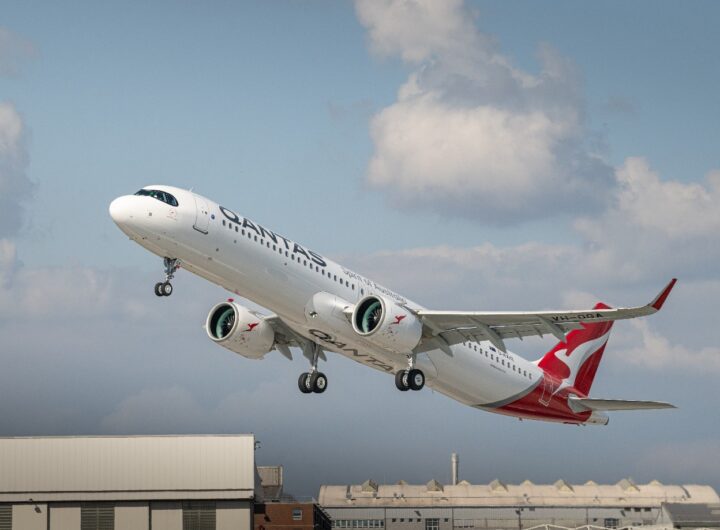 First Qantas A321XLRs Take to the Skies: Fleet Renewal Reaches New Heights
First Qantas A321XLRs Take to the Skies: Fleet Renewal Reaches New Heights 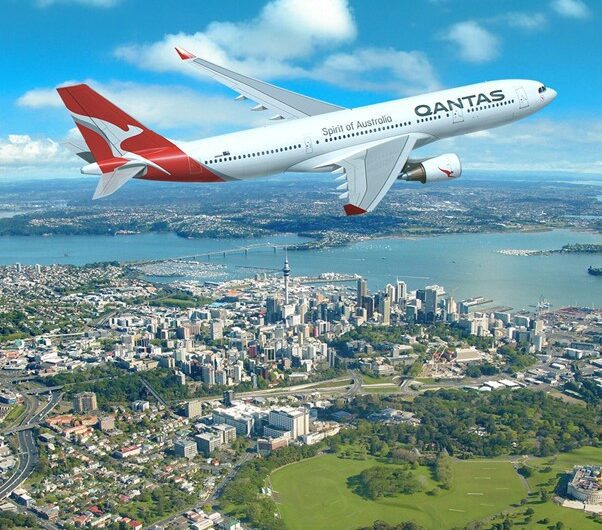 Every Flight Leads to Rome: Qantas Boosts Perth Route for 2026 Escape
Every Flight Leads to Rome: Qantas Boosts Perth Route for 2026 Escape 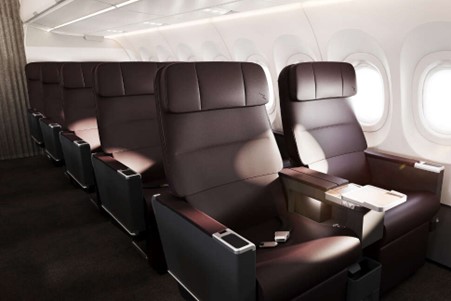 Qantas Orders 20 New A321XLR Jets Featuring Lie-Flat Business Class
Qantas Orders 20 New A321XLR Jets Featuring Lie-Flat Business Class 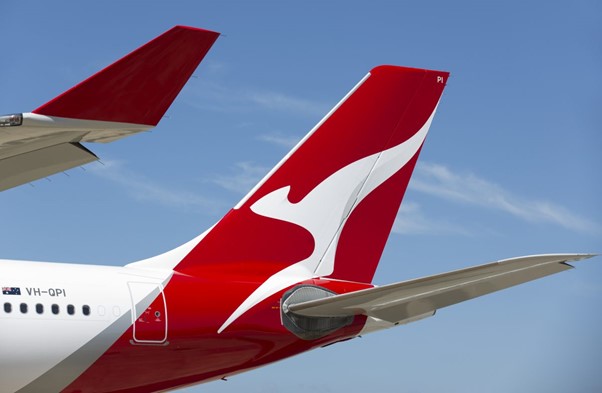 Qantas Doubles Down on Points and Status Credits for Frequent Flyers
Qantas Doubles Down on Points and Status Credits for Frequent Flyers 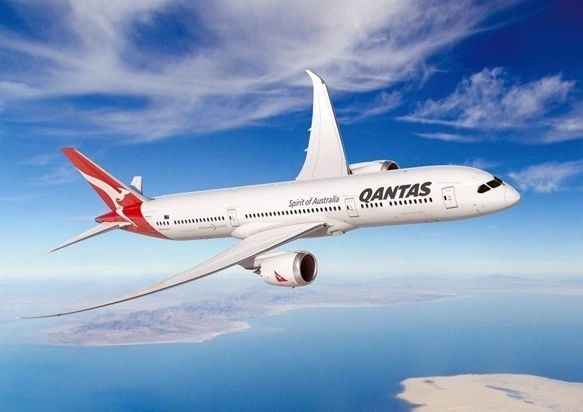 Qantas to Fly Daily Between Sydney and New York via Auckland in 2026
Qantas to Fly Daily Between Sydney and New York via Auckland in 2026 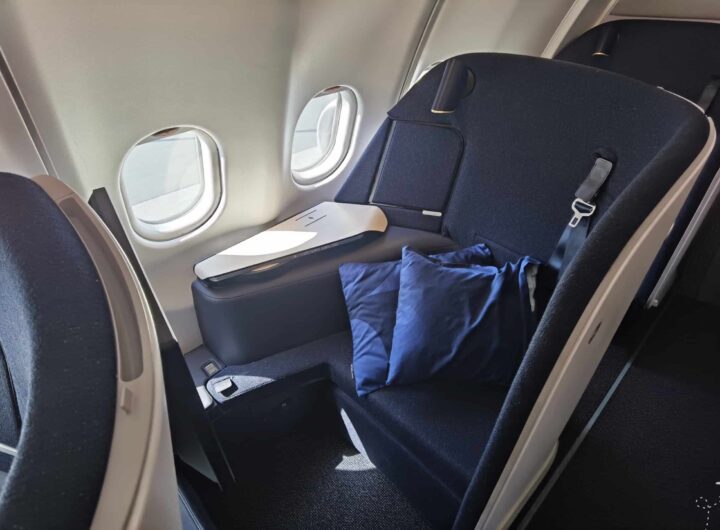 Flying Finnair’s AirLounge Business Class — Sydney to Bangkok Return(Wet Lease Operated by Finnair for Qantas)
Flying Finnair’s AirLounge Business Class — Sydney to Bangkok Return(Wet Lease Operated by Finnair for Qantas)  Autumn in Tokyo: A Traveller’s Guide to Matsuri Magic
Autumn in Tokyo: A Traveller’s Guide to Matsuri Magic 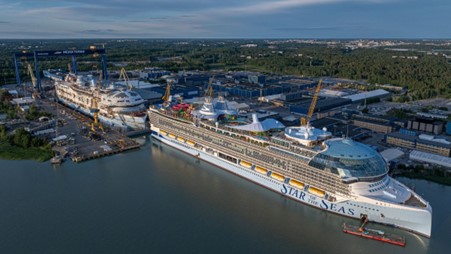 Royal Caribbean Secures a Decade of Next-Gen Ships: Icon Class Innovations to Set Sail Through 2036
Royal Caribbean Secures a Decade of Next-Gen Ships: Icon Class Innovations to Set Sail Through 2036  Mondrian Gold Coast Launches ‘Sounds of Summer’ Series: An All-Day Poolside Party That Sets the Bar for the Season
Mondrian Gold Coast Launches ‘Sounds of Summer’ Series: An All-Day Poolside Party That Sets the Bar for the Season 